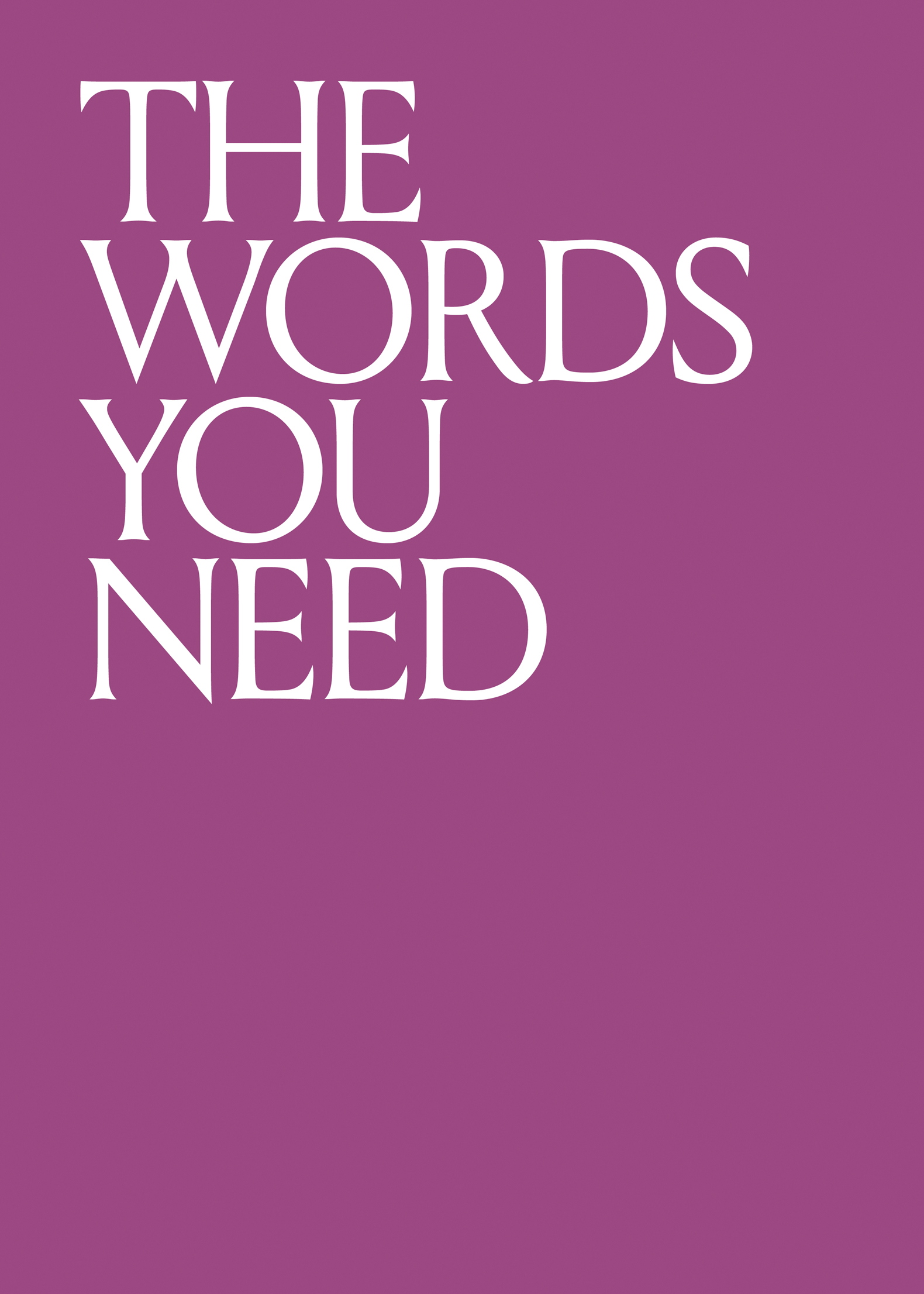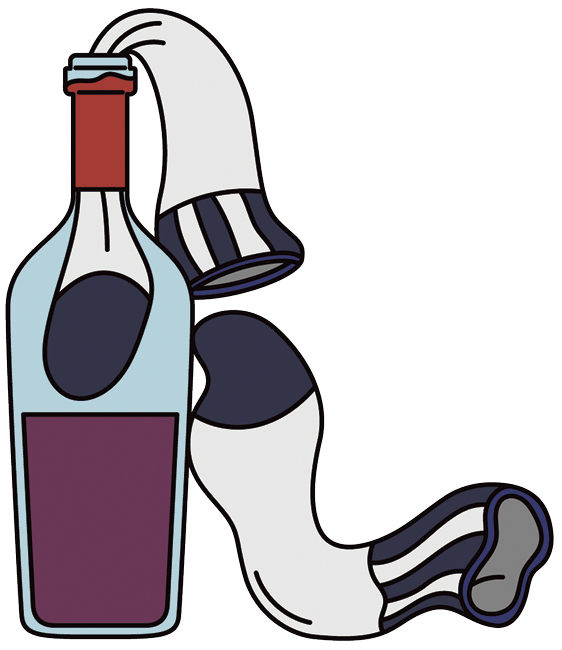Grant Reynolds - How to Drink Wine: The Easiest Way to Learn What You Like
Here you can read online Grant Reynolds - How to Drink Wine: The Easiest Way to Learn What You Like full text of the book (entire story) in english for free. Download pdf and epub, get meaning, cover and reviews about this ebook. year: 2020, publisher: Clarkson Potter/Ten Speed, genre: Romance novel. Description of the work, (preface) as well as reviews are available. Best literature library LitArk.com created for fans of good reading and offers a wide selection of genres:
Romance novel
Science fiction
Adventure
Detective
Science
History
Home and family
Prose
Art
Politics
Computer
Non-fiction
Religion
Business
Children
Humor
Choose a favorite category and find really read worthwhile books. Enjoy immersion in the world of imagination, feel the emotions of the characters or learn something new for yourself, make an fascinating discovery.
- Book:How to Drink Wine: The Easiest Way to Learn What You Like
- Author:
- Publisher:Clarkson Potter/Ten Speed
- Genre:
- Year:2020
- Rating:4 / 5
- Favourites:Add to favourites
- Your mark:
How to Drink Wine: The Easiest Way to Learn What You Like: summary, description and annotation
We offer to read an annotation, description, summary or preface (depends on what the author of the book "How to Drink Wine: The Easiest Way to Learn What You Like" wrote himself). If you haven't found the necessary information about the book — write in the comments, we will try to find it.
How to Drink Wine demystifies this topic, taking out the BS and replacing it with fun.Mike D, the Beastie Boys
NAMED ONE OF THE BEST COOKBOOKS OF THE YEAR BY BON APPTIT
Everybody knows that the world of wine can be vast and intimidating and complex. But what few people seem to know is where to start when it comes to learning the basics. How to Drink Wine solves that problem.
The path to drinking wine with confidence begins with this very informative, very relatable, very entertaining book, thanks to award-winning sommelier and restaurateur Grant Reynolds and acclaimed writer and founder of The Infatuation, Chris Stang.
By reading How to Drink Wine, you will:
Acquire some foundational terminology. Cuve, maceration, sul tes . . . what does it all mean?
Learn of the twenty-nine wines you need to knowand about important producers.
Find answers to questions you might be embarrassed to ask, like exactly how is ros made?
Start to pair wines with your life instead of your plate.
Be able to navigate a wine list and/or store.
You probably already know what you like to drink. This book will help you better understand why. And as a result, your knowledge, curiosity, and wine collection will expand. So will your number of friends.
Grant Reynolds: author's other books
Who wrote How to Drink Wine: The Easiest Way to Learn What You Like? Find out the surname, the name of the author of the book and a list of all author's works by series.




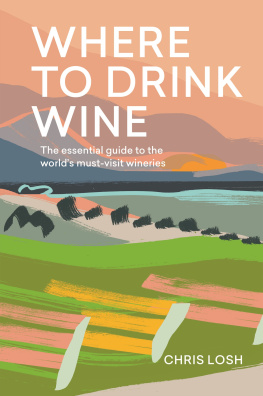





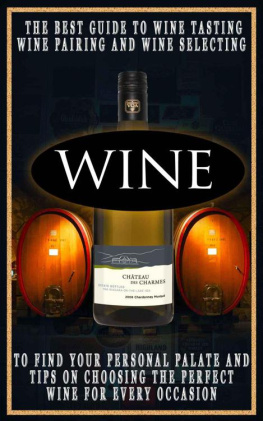
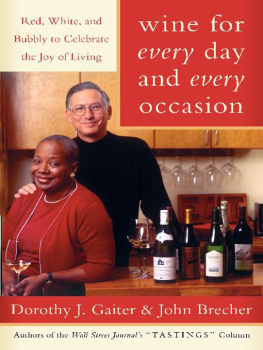
 Youre welcome. Thanks, too, to Patricia Shaw, Jessica Heim, Stephanie Davis, and Aaron Wehner at Clarkson Potter.
Youre welcome. Thanks, too, to Patricia Shaw, Jessica Heim, Stephanie Davis, and Aaron Wehner at Clarkson Potter.
